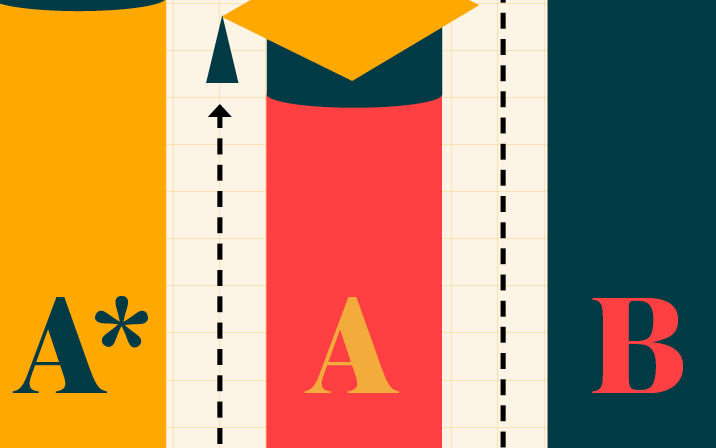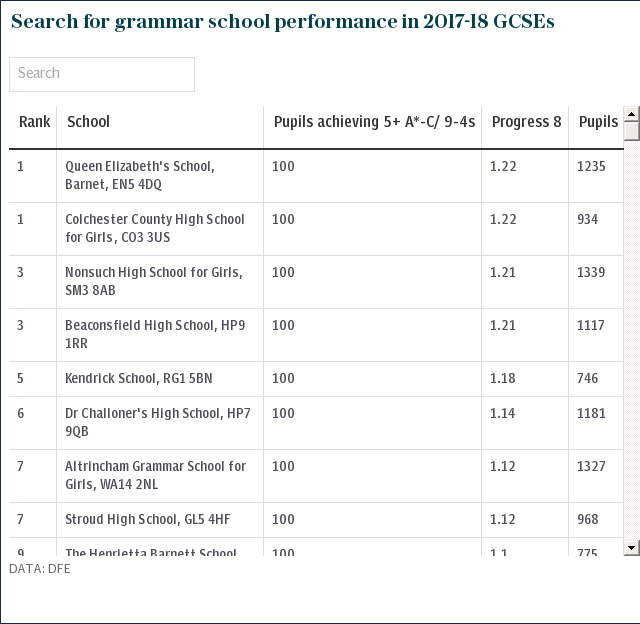Secondary school league tables: White children are least likely to achieve their potential by age 16

White children are the least likely to achieve their potential between primary and secondary school, official data shows.
Official data released by the Department for Education (DfE) shows that white children are making less progress compared to their peers from all other ethnic groups by the time they are 16-years-old.
The figures also show that 346 secondary schools are considered under-performing, meaning they fall below the “floor standard”, with another 257 deemed to be “coasting”.
These numbers appear to be an improvement – however, this year ministers have excluded University Technical Colleges (UTCs), further education colleges and studio schools from their calculations.
These tend to specialise in vocational and technical qualifications and generally perform worse than mainstream schools.
When these are also excluded from last year’s data set, figures show that the number of below average schools has gone up, from 8.9 per cent to 9.2 per cent for coasting schools and from 10.4 per cent to 11.6 per cent for schools that fail to meet the floor standard.
In previous years, schools have been ranked according to the proportion of pupils achieving at least five grade A* to Cs at GCSE, including English and maths. This measure was scrapped two years ago in favour of a new system that measures progress as well as attainment.
A school’s Progress 8 score measures progress of each pupil from the end of primary school up to GCSEs It compares pupils' results with the achievements of other pupils that have the same prior attainment and measures performance across eight qualifications at age 16.
The average progress score is zero, so a positive score means pupils are making above average progress and a negative score means below average.
This year, the average Progress 8 score for white children in state schools was the lowest at -0.10, compared to -0.02 for mixed race, 0.45 for Asian, 0.12 for black and 1.03 for Chinese pupils. White children has the second lowest score for attainment, with an average of 46.1.
Chinese pupils had the highest score of 64.2, followed by Asian children, while black children had the lowest. Both this year and last, children with English as a second language had a higher score for attainment and made better progress on average than native speakers.

The data, which covers every secondary in England, shows that Yorkshire and the Humber has the lowest proportion of under-performing schools while the North West had the highest. Over a quarter (26 per cent) of all the under-performing schools in England are in the North-West, figures show.
The figures also show that the attainment gap between rich and poor pupils has increased by 0.6 per cent since last year, but has narrowed by 9.5 per cent overall since 2011.
Schools minister Nick Gibb said: “Making sure that all pupils, regardless of their background, are able to fulfil their potential is one of this Government’s key priorities and these results show that more pupils across the country are doing just that.
“It’s been clear for some time that standards are rising in our schools and today’s data underlines the role academies and free schools are playing in that improvement, with progress above the national average and impressive outcomes for disadvantaged pupils.”

 Yahoo News
Yahoo News 
